Culture
Fourteenth-century Sienese masterpieces on display in London
Supported by Intesa Sanpaolo as Lead Exhibition Sponsor, Siena: the Rise of Painting: 1300-1350 is an internationally significant exhibition on display at the National Gallery in London until 22 June 2025. The showcase—born from the partnership between the National Gallery in London and Metropolitan Museum in New York—is the first comprehensive exhibition outside Italy devoted entirely to the most extraordinary era of Sienese art.
Medieval art on display at the National Gallery in London
This exhibition features more than 100 masterpieces from the 14th century, including paintings, sculptures, goldsmith artifacts, marbles, enamels, silks and rugs, gathered from major museums and cultural centres in Tuscany and some of the world’s most prestigious museums. This is a unique opportunity to bask in the eternal beauty of works by great painters such as Duccio di Buoninsegna (circa 1255-1318/1319), the father of the Sienese school and painter of the famous Maestà: made for Siena Cathedral, this was the first altarpiece painted on the front and back and is a glowing example of the convergence of classic Byzantine style with certain figurative elements related to Gothic and Florentine innovations. Nearly 5 metres high and unanimously considered the most important and impressive altarpiece in Italian art, the Maestà was dismantled in 1771. The predella was cut into individual scenes; some panels were scattered and ended up in the collections of some of the world's most important museums, including the Thyssen-Bornemisza in Madrid, the National Gallery of Art in Washington DC and the National Gallery in London itself.
The exhibition provides a unique opportunity to view all eight surviving panels of the back predella, brought together for the first time in more than 250 years.
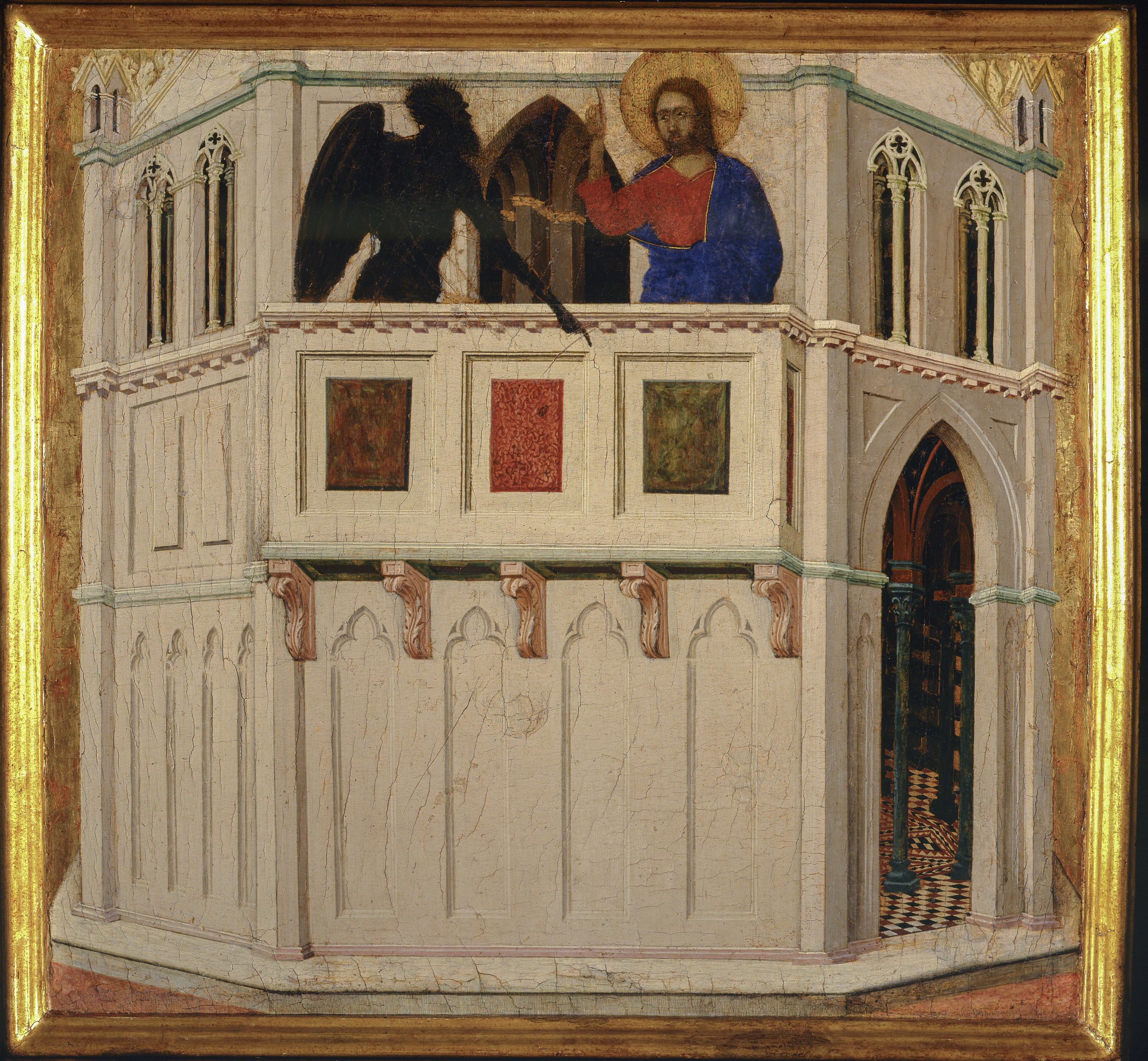
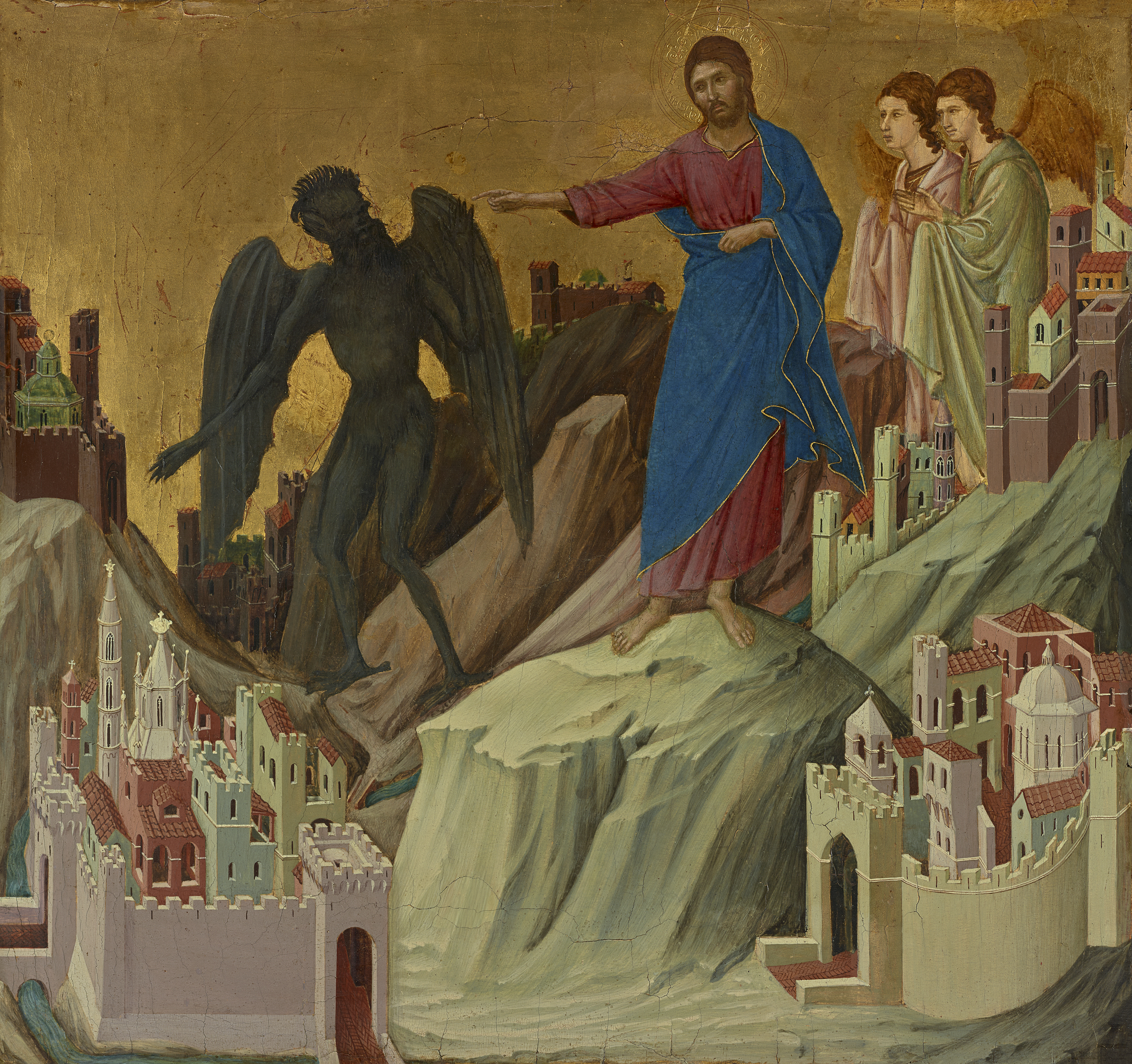
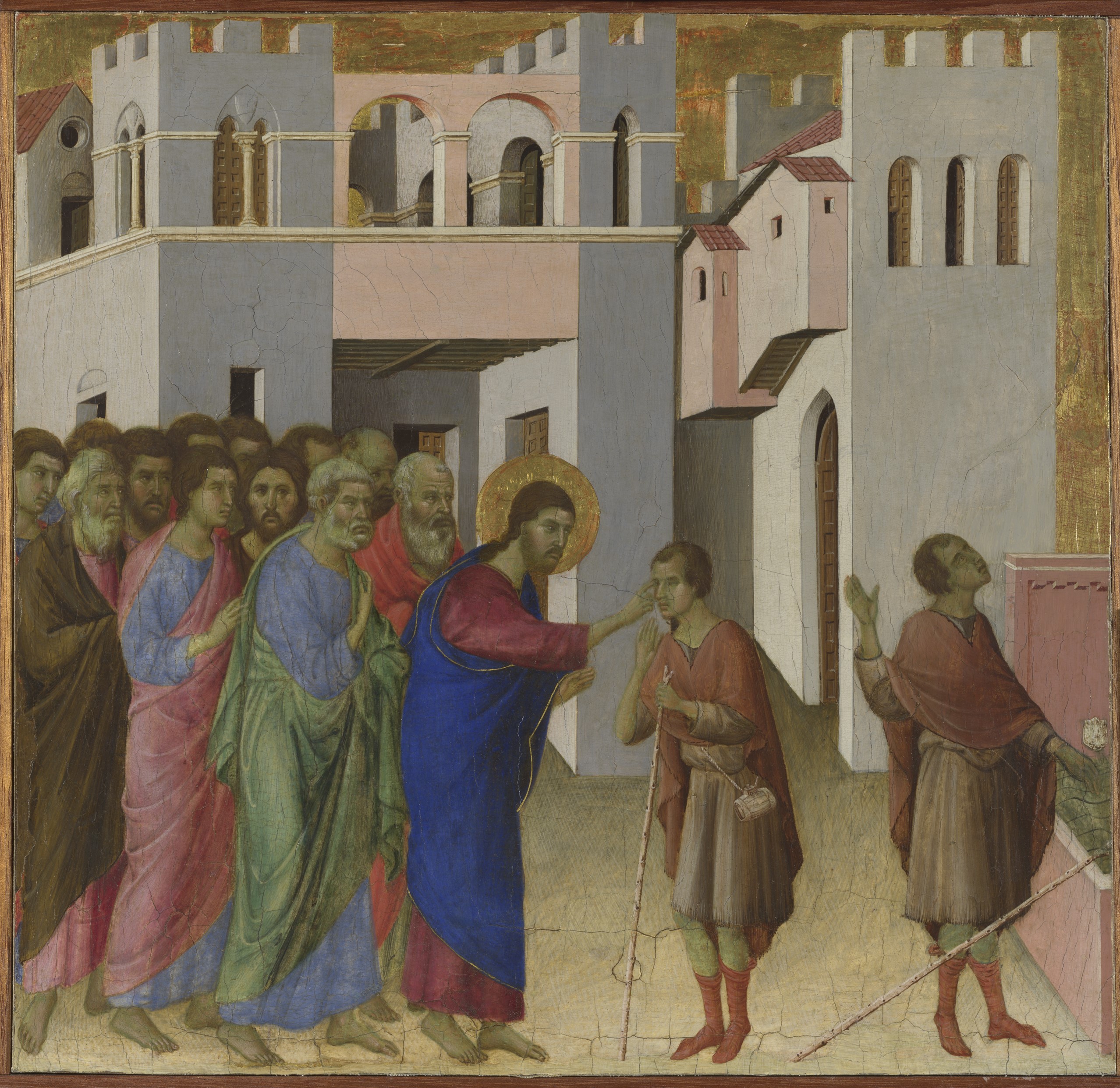
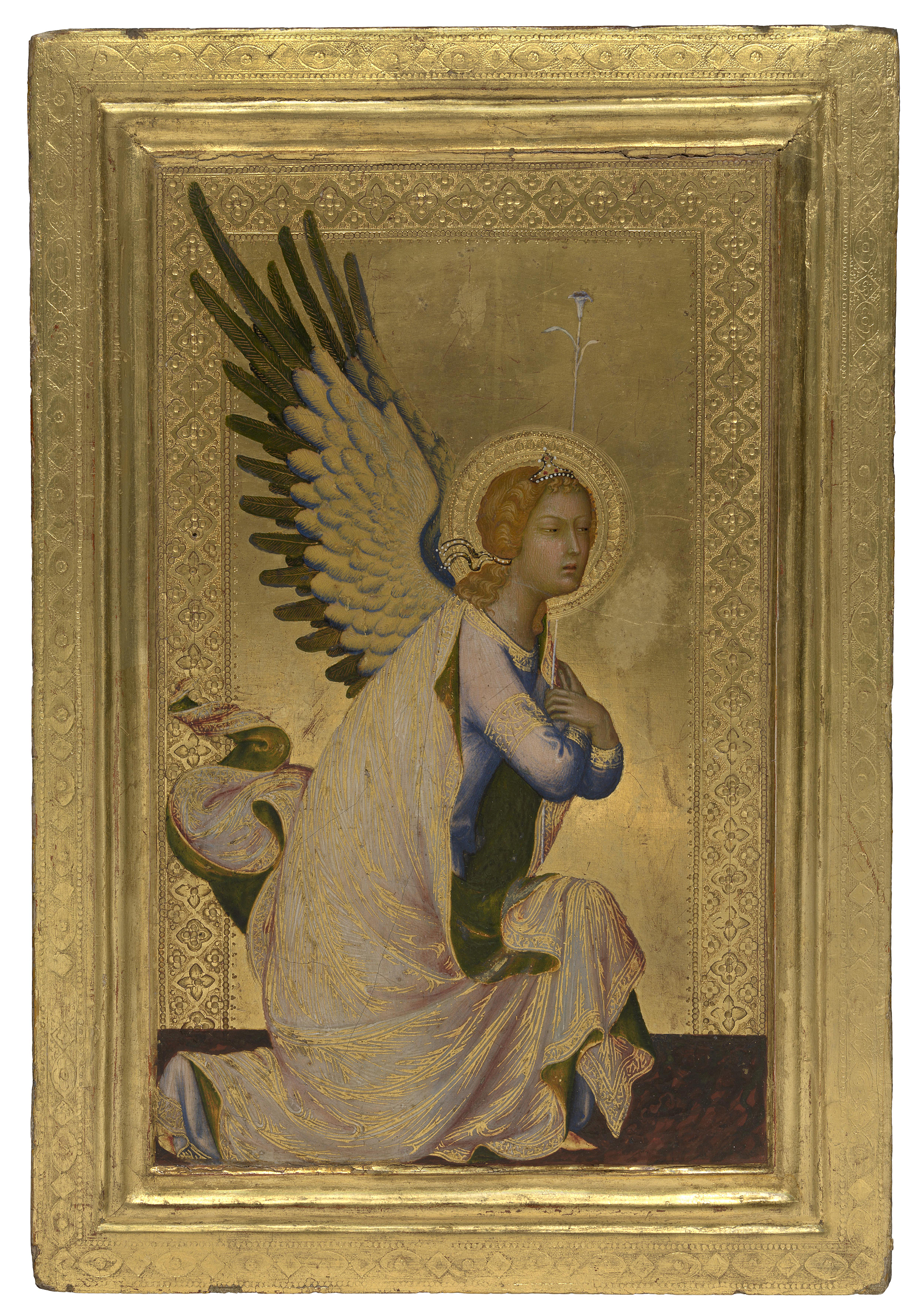
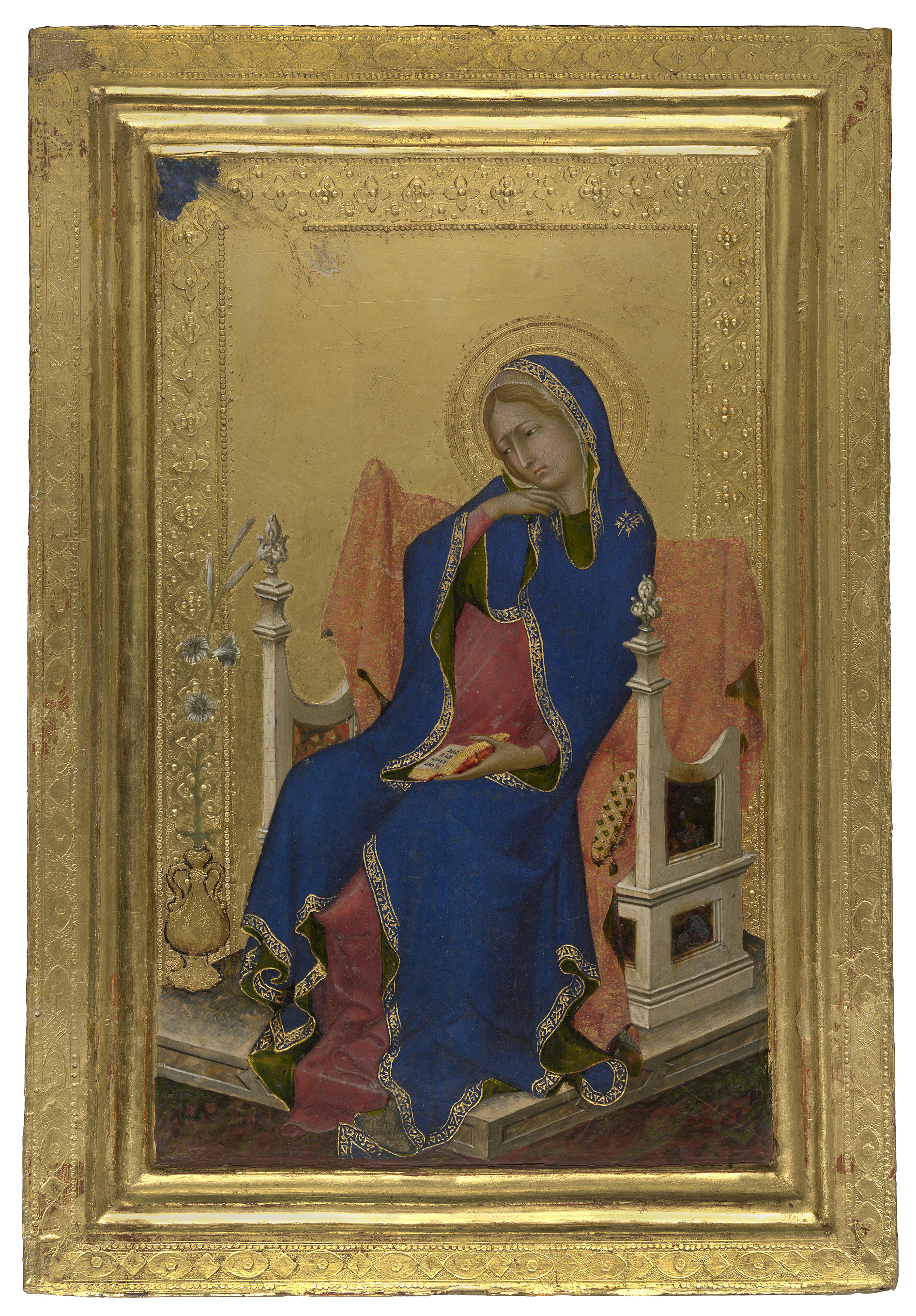
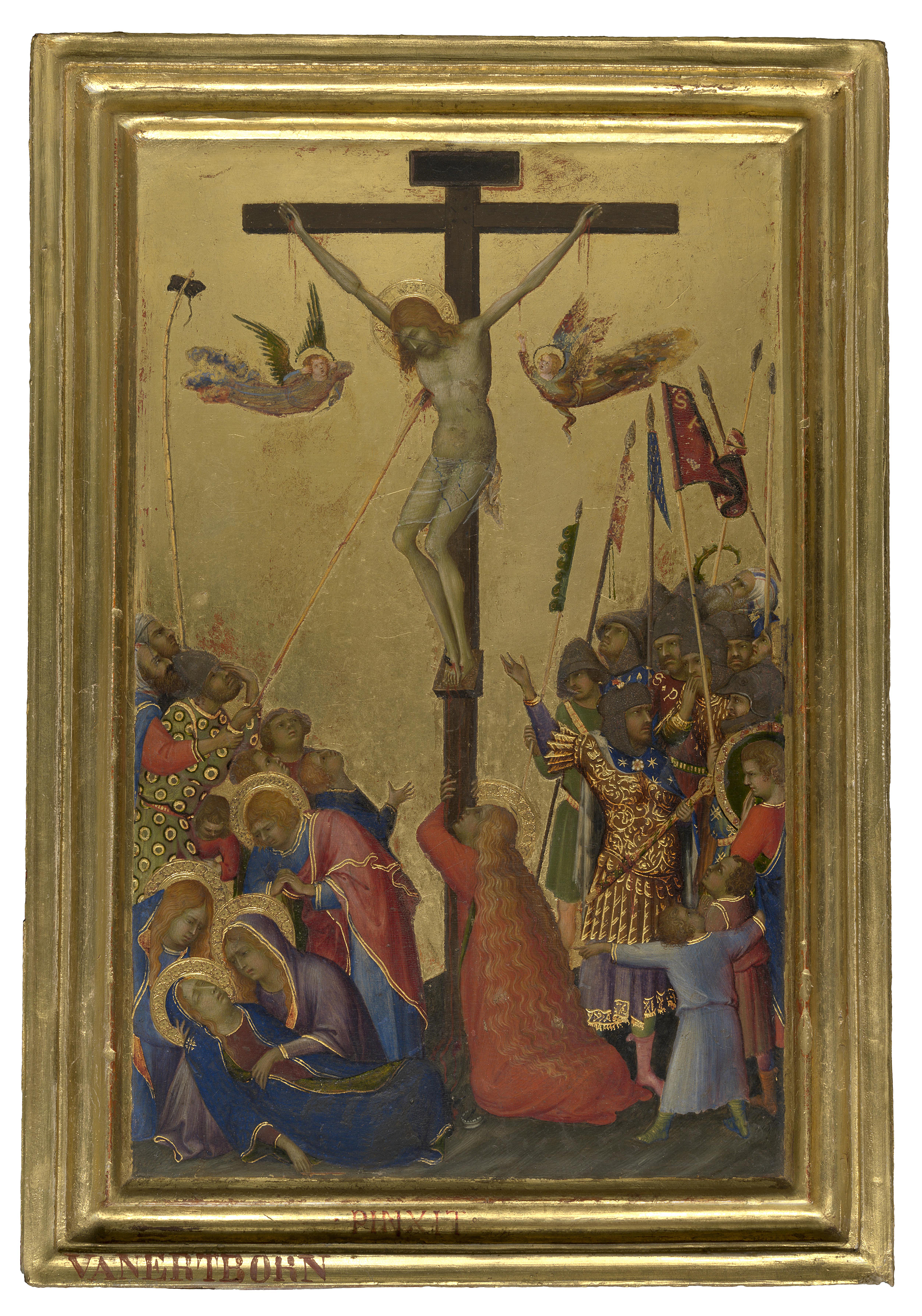
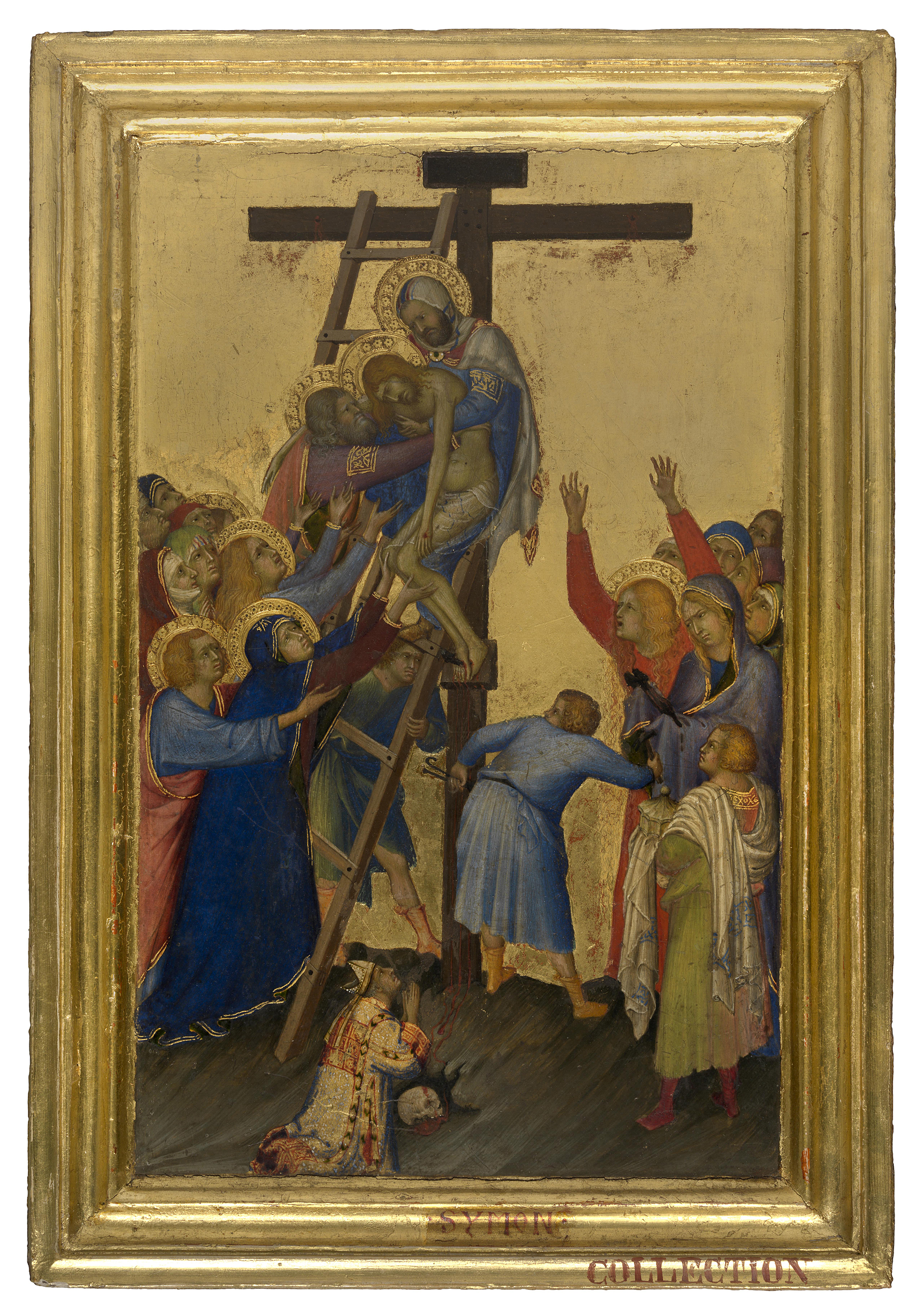
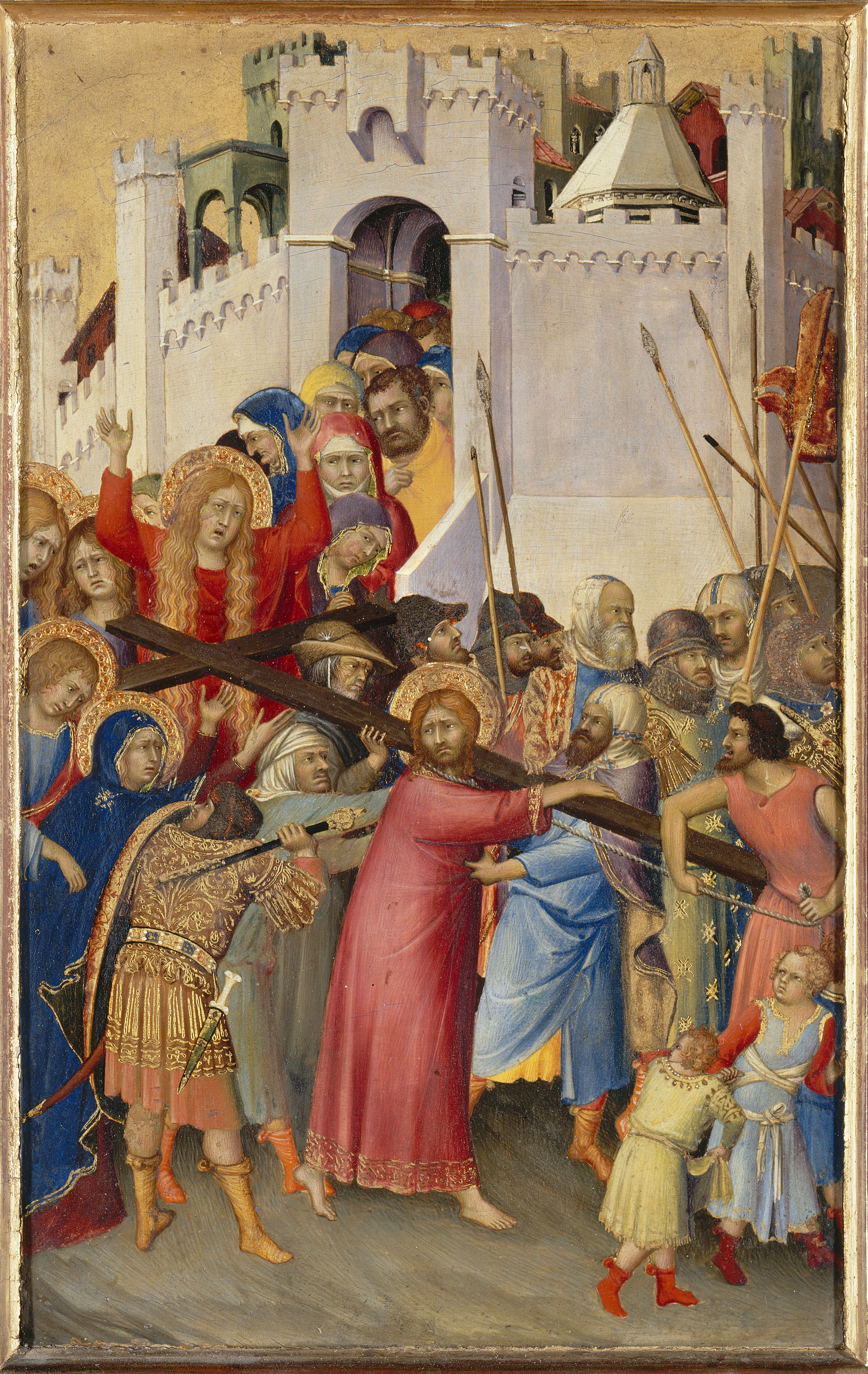
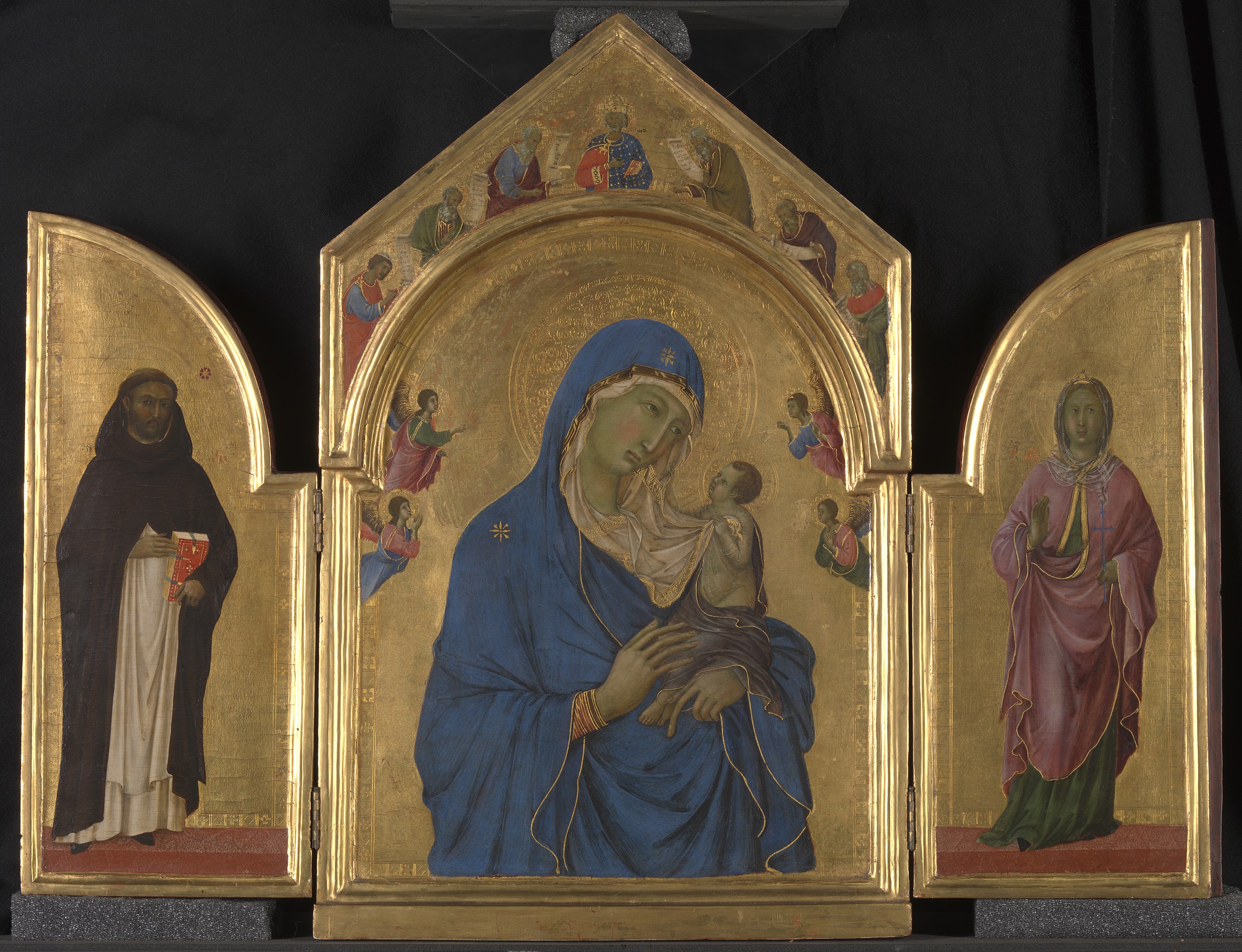
1. Museo dell'Opera della Metropolitana, Siena © Foto Studio Lensini Siena
2. The Frick Collection, New York Purchase 1927 (1927.1.35) © Copyright The Frick Collection / photo Michael Bodycomb
3. The National Gallery, London. Bought, 1883 © The National Gallery, London
[4] [5] [6] [7] Collection KMSKA - Flemish Community (public domain) © Collection KMSKA - Flemish Community / photo Hugo Maertens
8. Museo del Louvre, Département des Peintures, Paris (INV 670 bis) © RMN-Grand Palais (musée du Louvre) / Gérard Blot© RMN-Grand Palais (musée du Louvre) / Gérard Blot
9. Egg tempera on wood, 61.4 × 39.3 cm, The National Gallery, London. Bought, 1857 © The National Gallery, London.
Other works on display include another Duccio di Buoninsegna masterpiece, the so-called “London Triptych”, a portable altarpiece depicting the Virgin and Child between Saints Dominic and Aurea of Ostia, routinely displayed at the National Gallery and juxtaposed for this event with the “Boston Triptych”, or Triptych depicting the Crucifixion between Saints Nicholas of Bari and Gregory, from the Museum of Fine Arts in Boston. The two triptychs are very similar in terms of shape, size, and construction, and it is almost certain that they were both made for the private devotion of Cardinal Bishop of Ostia and Velletri, Niccolò da Prato.
The exhibition is also an opportunity to admire the Orsini Polyptych by Simone Martini in its entirety. The six panels of this work are usually found between the Louvre in Paris, the Royal Museum of Fine Arts in Antwerp and the Gemäldegalerie in Berlin. This polyptych is a portable altarpiece (circa 1326-1334) consisting of four double-sided painted wooden tablets that could be folded shut for ease of transport by the client. The work depicts the Annunciation, the Passion of Christ and the Orsini family coat of arms.
“Siena: the Rise of Painting: 1300-1350”, London
Siena: the Rise of Painting: 1300-1350 was curated by Laura Llewellyn, curator of Italian paintings before 1500 at the National Gallery in London, Caroline Campbell, director of the National Gallery of Ireland and Stephan Wolohojian, John Pope-Hennessy curator in charge of European paintings at the Metropolitan Museum of Art in New York, in collaboration with Joanna Cannon of The Courtauld Institute of Art in London and Imogen Tedbury.
The exhibition caps off a year of celebrations marking the bicentenary of the National Gallery, for which, in 2024, a display entitled The Last Caravaggio—dedicated to the Martyrdom of Saint Ursula, a masterpiece in the Intesa Sanpaolo collections—was organised and proved a huge success in London during the Spring/Summer season, averaging 3,000 visitors a day.
Last updated 26 June 2025